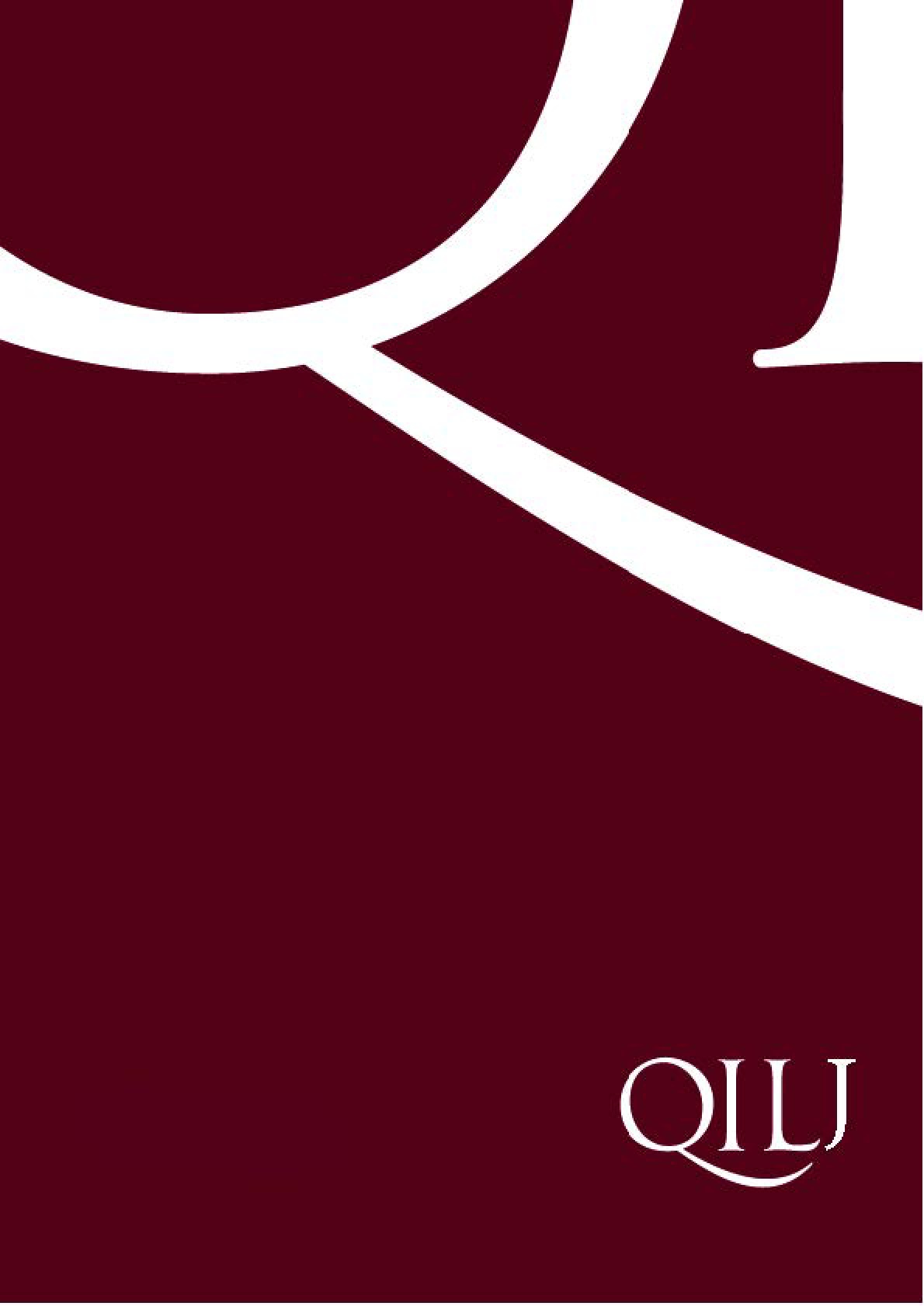QIL follows the OSCOLA standard (available at www.law.ox.ac.uk/publications/oscola.php) as a formatting style for contributions and comments.
QIL encourages and receives proposals of articles to be published in “Zoom-in” and “Zoom-out” sections, as well as comments, from scholars, students and practitioners. Those who wish to submit articles and comments may send them to the following e-mail address info@qil-qdi.org. The length of articles is about 5000 words; the lengths of comments is about 3000 words. Articles and comments will undergo an anonymous peer-review process and only those that attain a positive outcome will be published on the website and then in the journal. No fees are due for manuscript processing.
Online contributions published in QIL may be cited as follows:
[Authors name], [Title of the contribution] [Year] [number of the issue] QIL-Questions of International Law [page/s].
Example: Alistair Rieu-Clarke, ‘A cure or a curse? Entry into force of the UN Watercourses Convention and the Global Opening of the UNECE Water Convention’ (2014) 8 QIL-Questions of International Law 3-17.
Note that while all contributions included in the section “Zoom-in” are issued following a progressive numbering in Arabic , in 2014 contributions included in the “Zoom-out” section were issued under Roman numbers, and they must be cited accordingly (ex. Anne Lagerwall, ‘L’agression et l’annexion de la Crimée par la Fédération de Russie: Quels enseignements au sujet du droit international?’ (2014) I Zoom-out QIL-Questions of International Law 57-72; Robert Kolb, ‘The relationship between the international and the municipal legal order: reflections on the decisions no 238/2014 of the Italian Constitutional Court’ (2014) II Zoom-out QIL-Questions of International Law 5-16).
For the sake of simplicity, starting from 2015, also Zoom-out contributions will be issued following the progressive Arabic numbering (ex. Philippa Webb, ‘Comment on “The functional immunity of State officials from foreign jurisdiction: A critique of the traditional theories”’, (2015) 17 QIL-Questions of International Law 43-49).


